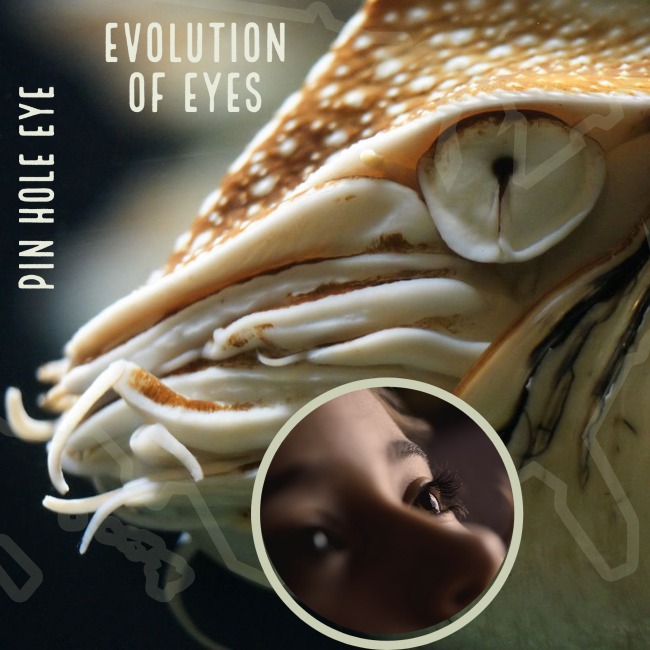
Manu and the Evolution of Sight
Paleontologists suggest an unexpected scenario for the evolution of the eye (how eyesight evolved) in creatures. According to this, the human eye lens mechanism evolved from a rudimentary light sensor in a jellyfish. This evolution began during the post-Cambrian era. In fact, an explosion of species occurred during the post-Cambrian period some 400 million years ago. The maturing of the organs of sight could happen during this explosion.
A flat photosensitive cell found in early organisms evolved through different stages. Initially, it was a pit hole. Then it became a pinhole. Finally, it took the shape of a lens structure. Indeed, the evolution of the eye is unique. Nature reused one group of proteins and toolkits 50-100 times over. Clearly, nature attempted several times to arrive at a decent prototype of the complex human eye.
Vedic literature refers to steps in evolution through the idea of Manus. Interestingly, the name of one of these Manus refers to “eyesight.” Besides, the period of this Manu corresponds to the pre-Cambrian Era when nature refined the eyesight mechanism. What is the idea of many Manus?

Manus and the four Yugas
One day in the life of Brahma consists of fourteen parts. Rishis assigned each to a different Manu. We are currently in the seventh Manu period. Chakshusha is the name of the Manu previous to ours. The word Chakshu stands for eyes. This name is appropriate for an era of the rapid evolution of the eye structure. The meaning of the word Raivata, the name of the previous Manu, is associated with abundance. Secondly, this coincides with the explosion of species 500-590 million years ago. The nomenclature of the preceding Manu refers to inertia. The period of Tamasa Manu is an appropriate characterization of the great glaciations on planet Earth. Indeed, evolution stalled during that period. Similarly, the names of the first three Manus have a coincidental association with evolutionary trends.
You may also want to read the post – Human hearing and Prachetas
